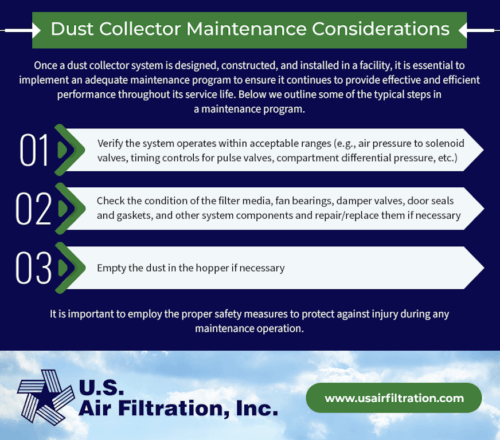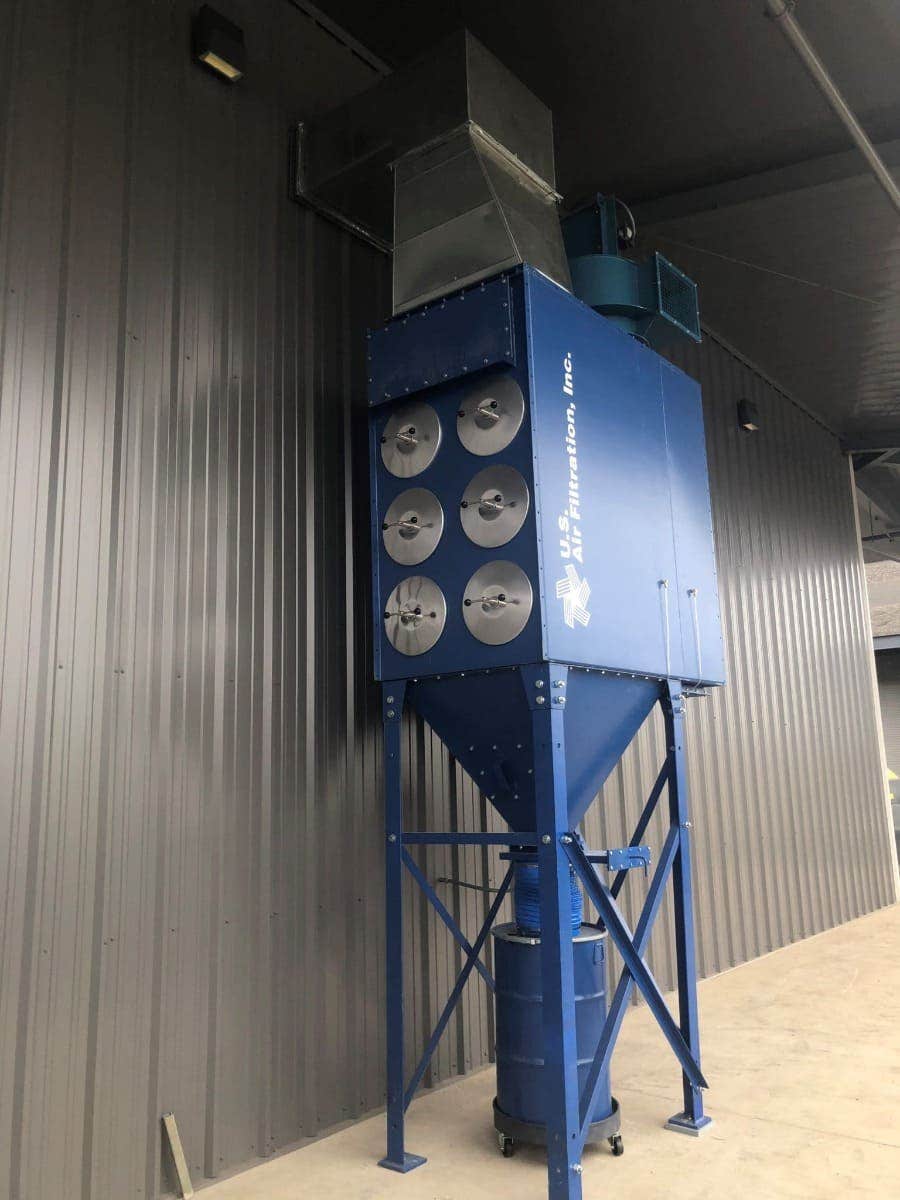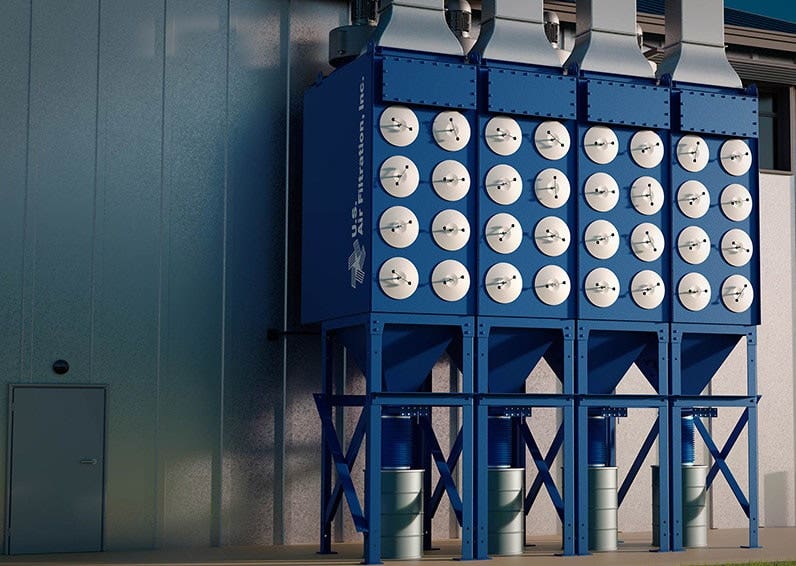Why Baghouse Dust Removal Matters
The right baghouse dust removal method can help minimize problems that arise due to dust build up in your hopper.
A hopper is designed to be temporary storage for your discharge. What happens if you have excessive dust build up in your hopper? This can result in your air flow being blocked off and would cause a loss of suction throughout the dust collection system. This can also become a hazard because it's more opportunity for combustible dusts to create a dangerous explosion. The right dust removal method for your application can help you avoid these issues.
Key Components
The best method of dust removal from your hopper is dependent on some of the following components:
- What's your Dust Collector Type? Baghouse or Cartridge Dust Collector?
- What are the characteristics of your dust? For example, hazardous or non-hazardous?
- What are the loading rates of your dust?
Baghouse Dust Removal Methods
Enclosed Box
A simple pipe system funneling dust into an enclosed box, placed underneath your hopper, is one dust removal option. Your maintenance team would be required to monitor and empty the box once capacity has been reached. Prompt removal of dust build up in your enclosed box helps prevent backup or an overflow of the box itself. Non hazardous dust and light dust loads typically use enclosed boxes.
Drum or Bag
A removable drum or bag can be a simple and easy solution to collecting and disposing dust. Once a drum or bag fills up, maintenance simply removes it by hand or forklift. Once empty, the drum or bag can then be put back into its place. This is ideal for non toxic dusts that you can easily handle.
Rotary Valve
Rotary valves (also known as airlocks, rotary feeders, or airlock feeders) help transition material from a dust collector to a drum or bin. It seals a pressurized system against loss of air and pressure. This minimizes product loss during processing. Dust collection, pneumatic conveying, mixing, weighing, feeding, and blending use rotary valves. Larger baghouse systems with over 10,000 CFM can also use rotary valves.
Screw Conveyor for Baghouse Dust Collectors
Large baghouses with heavy dust loads typically use screw conveyors. The screw conveyer would transport dust away from the collector, then send it to a designated disposal area. This is ideal for hazardous or reused materials. Agriculture, mining, foundries, wood production, and chemicals are applications that use screw conveyors.
Would you like to learn more about design considerations for a new dust collection system? For more information, download our dust collector purchasing guide.










